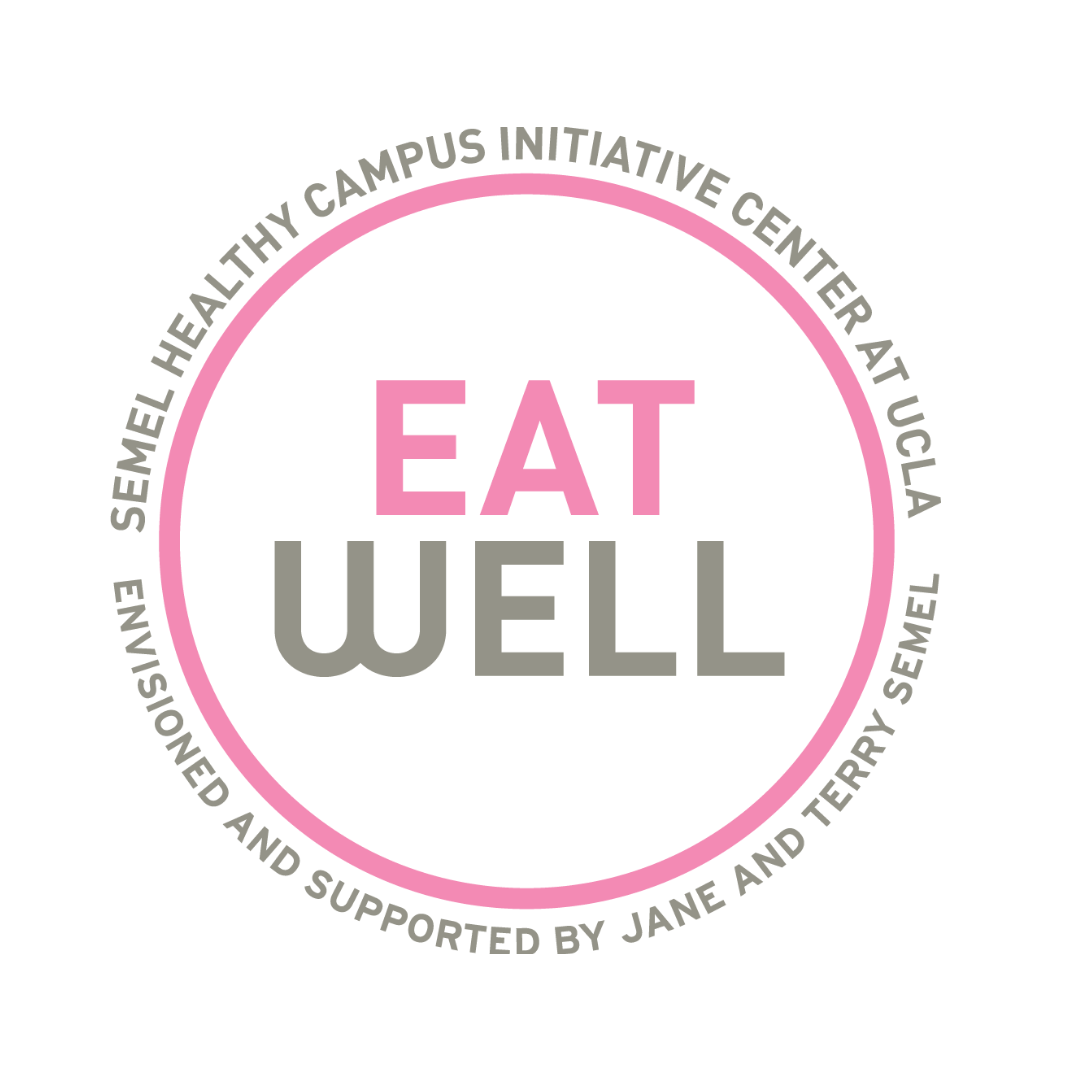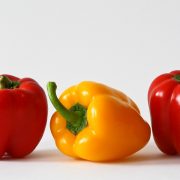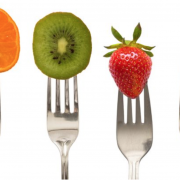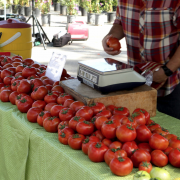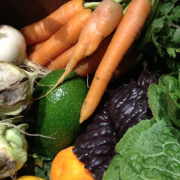By April Thames, Ph.D.
For those of us who are chocolate lovers, it is no surprise that the mere sight or smell of chocolate immediately peaks our mood and interest. Think about the number of times when a friend or colleague brought a box of chocolate to a gathering, and you heard someone say, “Hmmm…chocolate.” Our love for chocolate dates back to the 12th and 16th centuries when the Aztec and Maya civilizations used chocolate as a religious offering to the Aztec god Quetzalcoatl 1. Chocolate was also believed to help build up resistance and fight fatigue. In the last few decades, neuroscience has started to look more closely at how chocolate benefits brain functioning.
Neuroimaging studies have invited participants to indulge in the tasty delight while examining brain activity. For chocolate lovers, it was found that the brain’s reward centers become active, which was followed by reports of good mood2. Not only does chocolate seem to pep up our mood, but research findings also suggests that chocolate has positive effects on brain function, cardiovascular health, reducing inflammation and improving insulin sensitivity and glucose tolerance3-6. With regard to brain function, chocolate has the potential to protect neurons from injury and suppress or inhibit neuroinflammation and oxidative stress7-9.
Recent studies have found that chocolate improved cognitive performance in the elderly!10,11 Now before you go out and stock your shelves with Snickers, you should know the “Bad” from the “Good” chocolate. Good chocolate has not been alkalized, has been dried and cool-pressed rather than roasted, and is greater than 70 percent pure cocoa. The good stuff contains cocoa butter (not milk fats!) and contains natural low glycemic sweeteners such as raw cane. The “bad” chocolate usually contains ingredients of processed cocoa powder, refined white sugar, milk fats, hydrogenated oils and preservatives. Questions to consider when deciding between bad versus good chocolate include: What is the origin and fermentation of cocoa? What was the production process from bean to cocoa liquor? What was the production process of cocoa powder or chocolate from this liquor?
At this point, you may be asking yourself, “What is the active ingredient that produces all these good effects?” “Does it only come from chocolate?” Dark chocolate is rich in flavonoids, which have been demonstrated anti-inflammatory and anti-allergic effects. A study published in The Lancet12 showed that chocolate contained four times as much catechin, a type of flavonoid, as tea. Over 4,000 flavonoids have been identified, many of which are found in fruits, vegetables, teas, beer, and (of course) chocolate. The capacity of flavonoids to act as an antioxidant depends upon their molecular structure. Many of these different types of flavonoids are still under study and those that produce powerful antioxidant effects are of great interest given that oxidative stress or free radical damage is implicated in all diseases that are associated with aging (e.g., heart disease, stroke, Alzheimer’s, cancer, diabetes).
Many foods have been quantified based upon their Oxygen Radical Absorbance Capacity (ORAC), which is a laboratory-based test of how well certain substances (e.g., chocolate) protect vulnerable molecules from oxidation by free radicals. The less free radical damage there is, the higher the antioxidant capacity of the test substance. While this quantification method has been referenced across several studies, as of 2012 the USDA’s Nutrient Data Laboratory eventually removed this information from their website due to growing evidence that the values indicating antioxidant capacity had no relevance to the effects of specific bioactive compounds, including polyphenols on human health13. In other words, the ORAC test (which uses a test tube) cannot account for the complex biochemical changes that occur in the human body. Despite its shortcomings, some believe that ORAC can still be a useful tool for estimating antioxidant activity if one knows the limitations.
Knowing the benefits of good chocolate (remember…it’s the pure cocoa chocolate!) on the brain can certainly reduce those feelings of guilt when we are tempted to have a bite.
~Dr. April D. Thames is an Assistant Professor at UCLA’s Semel Institute for Neuroscience and Human Behavior. She recently received an NIH Career Development Award (K-23) to develop her laboratory in cultural neuropsychology, neuroscience, and health disparities. Dr. Thames has focused her research on the neurological and neurocognitive effects of infectious disease, substance abuse, and cerebrovascular risk factors among underrepresented groups.
References
1. The Field Museum. The History of Chocolate. Available online at: http://www.fmnh.org/Chocolate/ history.html.
2. Rolls, E., McCabe, C. (2007). Enhanced affective brain representations of chocolate in cravers vs. non-cravers. European Journal of Neuroscience, Vol. 26, pp. 1067–1076, 2007 doi:10.1111/j.1460-9568.2007.05724.x
3. Grassi D, Necozione S, Lippi C, Croce G, Valeri L, Pasqualetti P, Desideri G, Blumberg JB, Ferri C. Cocoa reduces blood pressure and insulin resistance and improves endothelium-dependent vasodilation in hypertensives. Hypertension. 2005;46: 1– 8.
4. Engler MB, Engler MM. The vasculoprotective effects of flavonoid-rich cocoa and chocolate. Nutr Res. 2004; 24: 695–706.
5. Corti, R. Flammer, A.J., Hollenberg, N.K., and Lüscher, T.F. “Cocoa and cardiovascular health,” Circulation, vol 119, no.10: 1433–1441, 2009.
6. Almoosawi, S., Fyfe, L., Ho, C., and Al-Dujaili, E. “The effect of polyphenol-rich dark chocolate on fasting capillary whole blood glucose, total cholesterol, blood pressure and glucocorticoids in healthy overweight and obese subjects,” British Journal of Nutrition, vol. 103, no. 6, pp. 842–850, 2010.
7. Martorell, P., Forment, J.V., de Llanos et al., R. “Use of Saccharomyces cerevisiae and Caenorhabditis elegans as model organisms to study the effect of cocoa polyphenols in the resistance to oxidative stress,” Journal of Agricultural and Food Chemistry, vol. 59, no. 5, pp. 2077–2085, 2011.
8. J. F. Bisson, A. Nejdi, P. Rozan, S. Hidalgo, R. Lalonde, and M. Messaoudi, “Effects of long-term administration of a cocoa polyphenolic extract (Acticoa powder) on cognitive performances in aged rats,” British Journal of Nutrition, vol. 100, no. 1, pp. 94–101, 2008.
9. D. L. Katz, K. Doughty, and A. Ali, “Cocoa and chocolate in human health and disease,” Antioxidant and Redox Signaling, vol. 15, no. 10, pp. 2779–2811, 2011.
10. Nurk E, Refsum H, Drevon CA, et al. Intake of flavonoid-rich wine, tea, and chocolate by elderly men and women is associated with better cognitive test performance. J Nutr 2009;139:120-7
11. Desideri G, Kwik-Uribe C, Grassi D, et al. Benefits in cogni- tive function, blood pressure, and insulin resistance through cocoa flavanol consumption in elderly subjects with mild cogni- tive impairment: the Cocoa, Cognition, and Aging (CoCoA) Study. Hypertension 2012;60:794-801.
12. Ilja CW, Hollman, P., Kromhout, D (1999). Chocolate as a source of tea flavonoids. The Lancet, vol. 354 (9177), p. 488.
13. US Department of Agriculture (USDA) database for the ORAC. Retrieved online from http://www.ars.usda.gov/Services/docs.htm?docid=15866
